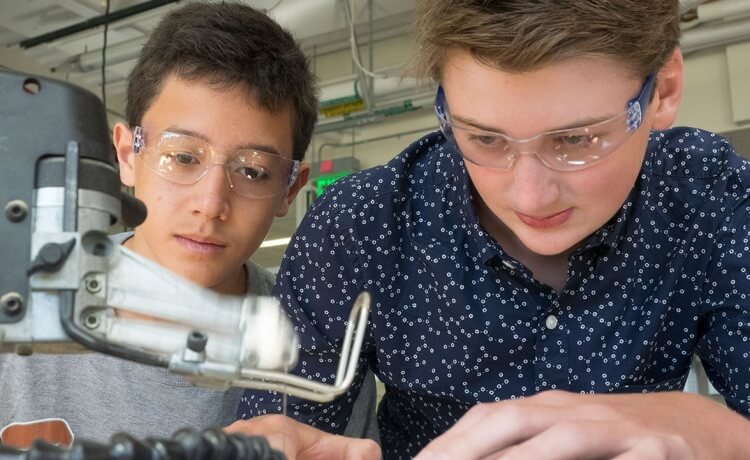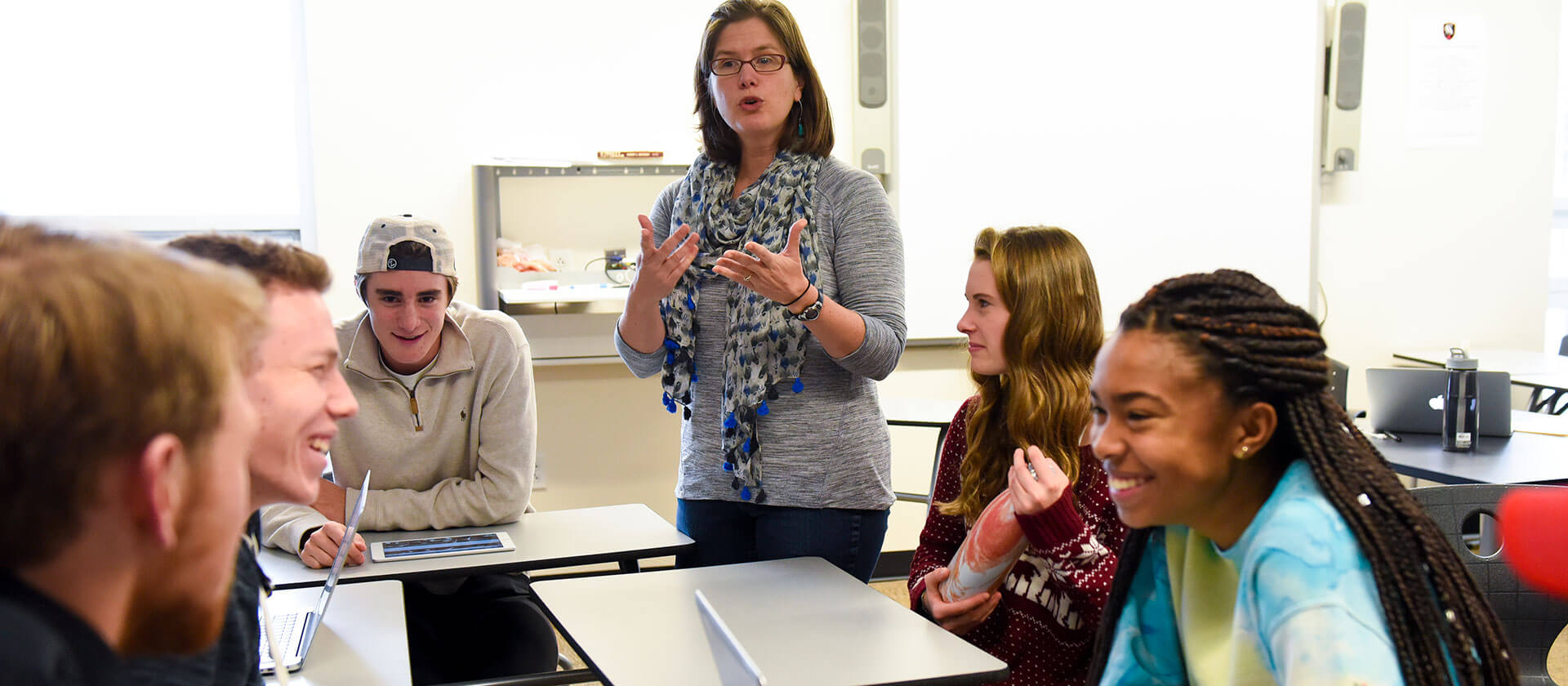At Colorado Academy, one of the “6 C’s” that provides focus for our Pre-Kindergarten through Grade 12 program is Collaboration. While we all have a good sense of what it means to work within a group context, teaching the skills and providing the necessary frameworks for collaborative success are not easy. Still, we believe strongly that students must learn how to collaborate.
Luckily, much has been written and studied in recent years about the best approaches to collaborative teaching and learning. Teachers are more aware now that if they want to maximize learning outcomes, they need to provide clear direction about what groups need to do and how they should operate. Towards that end, more complex projects are better than simple research projects. Teachers should also have a rubric that directs students not only on what they need to complete in the group context, but how they should collaborate. Our own Middle School developed a really good rubric a few years ago.
Now we all know that not all collaborative endeavors go smoothly. One of the chief concerns in any group situation is that someone won’t pull his or her weight. (Haven’t we all been in a group like this?) How does the group cope with this? The truth is, this struggle is a good part of the learning process. Ideally, a teacher gives every group member the opportunity to reflect on his own level of participation and to identify any shortcomings in the group dynamic. All students need to hold themselves and their collaborators accountable.

We are also fortunate that we can model collaboration in our co-taught or team-taught classes. In these courses, teachers support each other—and not just from the standpoint of bringing multiple ideas and sharing the workload. The interplay of their expertise and experience creates a highly dynamic classroom environment. Students can witness teachers positively collaborating and can see and feel the benefits of cooperative learning environments. As one student noted, “I have really appreciated the ways my teachers balance each other out. Sometimes they even disagree about the best way to solve a problem and then discuss the merits of their approach. So we saw two great ways to solve the problem.”
This year, we offer twelve different courses that are co-taught or team taught, including our Haiti elective (which ties into our annual trip to that country), AP Computer Science Principles, and REDI Lab. Next year, I am pleased to be offering a history/English elective with Mr. Terrazas on the Art of Persuasion, which will focus on the history of selling and sales in American history and literature. We are also venturing into new territory with a cross-listed arts/innovations course taught by Steve Scherer and Sean Gallop. That promises to be an exciting offering where multi-media arts combine with computer programming in ways that we have not seen before!
Author and lecturer Tony Wagner of the Learning Policy Institute is one of many experts who advocate the importance of collaboration as critical to success in the 21st Century. He has identified “Collaboration Across Networks” as an essential survival skill. In today’s world, it may not be enough even to work with a team in your own building; you may likely be working with teams of people in multiple places, all of whom have important roles to fill for the good of the whole project. Clearly, educators need to create opportunities for students to work together and help them hone their abilities as collaborators. At CA, we will continue to put time and energy into developing this important skill.
